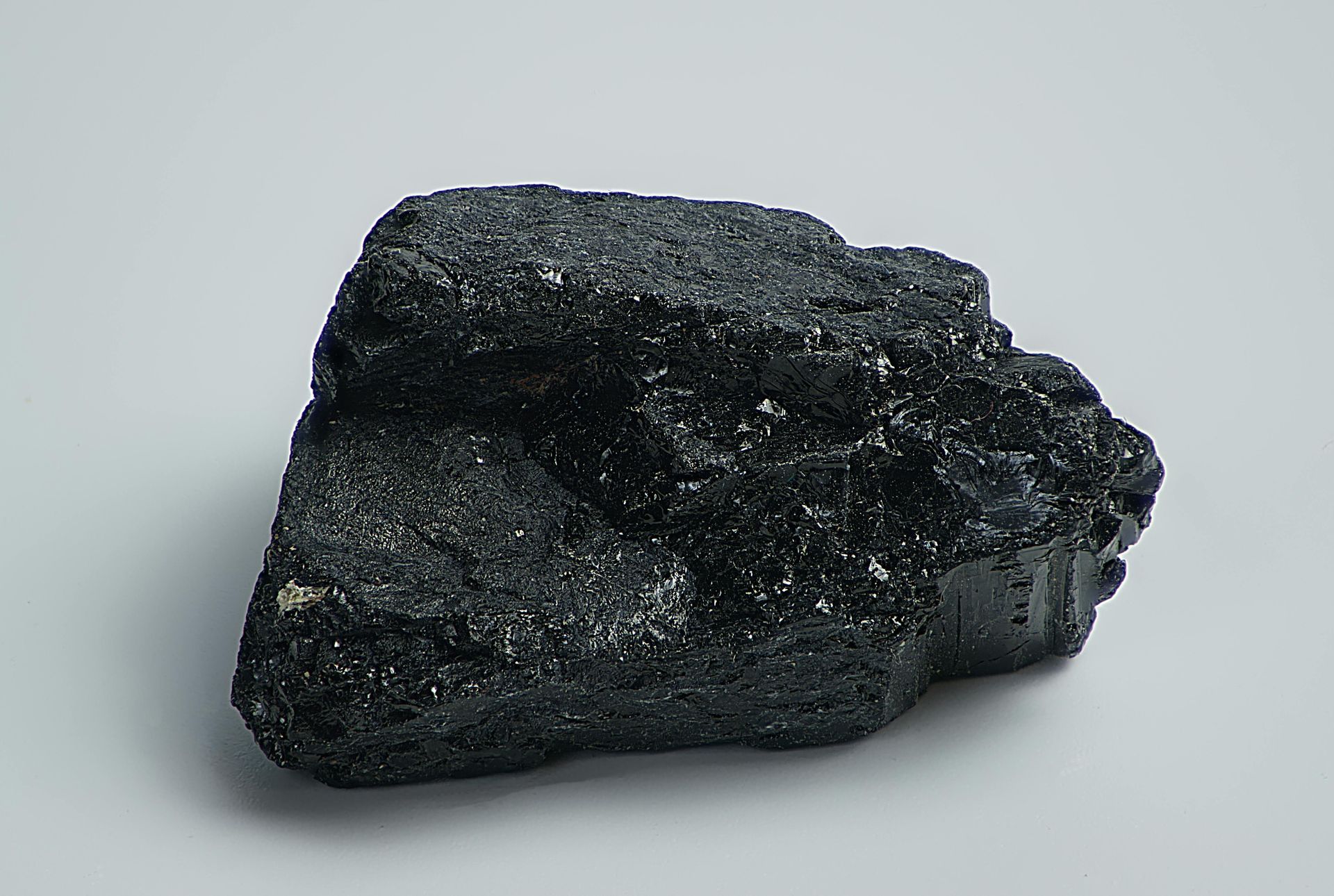Earh and SustaINABLE Wire
Learn about our planet

China’s Ban on Rare Earth Minerals Exports to the U.S. for Military Purposes: What happens when the world’s tech superpower cuts off the minerals fueling everything from fighter jets to smartphones? In December 2024, China banned exports of gallium, germanium, and antimony to the United States for military purposes, escalating a trade war sparked by U.S. tariffs and chip restrictions. With China controlling 91% of global rare earth element (REE) refining, this move threatens U.S. defense and tech sectors. Is this a calculated strike to exploit American vulnerabilities, or a risky escalation that could backfire? China’s Strategic Ban: Targeting U.S. Military Capabilities On December 3, 2024, China’s Ministry of Commerce announced a ban on exporting gallium, germanium, and antimony to the U.S. for military applications, citing national security and non-proliferation. This followed earlier April 2025 restrictions requiring export licenses for seven REEs—samarium, gadolinium, terbium, dysprosium, lutetium, scandium, and yttrium. The bans, detailed by Newsweek , respond to U.S. tariffs of up to 54% and restrictions on Chinese chip-making technology. By targeting “dual-use” minerals critical for both civilian and military tech, China aims to choke U.S. defense supply chains. Can America pivot quickly, or will this expose a dangerous dependency? China’s ban targets materials used in 78% of U.S. defense platforms, per CSIS data. Why These Minerals Matter: The Backbone of Defense and Tech Gallium, germanium, and antimony are not household names, but they’re indispensable. China produces 94% of global gallium, 83% of germanium, and 56% of antimony, per a 2023 EU study. Their roles include: Gallium : Essential for semiconductors in radar systems, LEDs, and solar cells. Germanium : Critical for infrared optics in night-vision systems and fiber optics for 5G. Antimony : Used in batteries, flame retardants, and military sensors. REEs like dysprosium and terbium enhance magnets in F-35 jets (920 lbs of REEs per unit) and missiles, with China refining 99% of heavy REEs globally. The U.S. Geological Survey notes that 70% of U.S. REE imports come from China, highlighting a critical vulnerability. Will this ban cripple U.S. military readiness, or spur innovation? Research Insight: The F-35 program alone relies on 417 kg of REEs per jet, per RAND. China controls 90% of global rare earth magnet production, vital for defense tech. The Center for Strategic and International Studies warns of a “critical chokehold,” with global automakers like Volkswagen already facing disruptions. Can the U.S. diversify fast enough to avoid a crisis? U.S. Counters by Building a Domestic Supply Chain The U.S. is fighting back. Executive Order 14241, issued in March 2025, fast-tracks mining permits via FAST-41, shaving 15-18 months off project timelines. The Department of Defense has invested $439 million in domestic REE facilities, including MP Materials’ Mountain Pass mine and a new $6.1 million Ramaco Brook Mine in Wyoming. “Friend-shoring” with Australia and Ukraine aims to diversify supply, but the U.S. holds just 1.5% of global REE reserves. Recycling and alternative materials are being explored, yet scaling remains years away. Will these efforts break China’s grip, or fall short? Research Insight: MP Materials produces only 1,000 tons of magnets annually vs. China’s 300,000 tons. As the trade war simmers, strategic investments and global partnerships are critical to reclaiming control.

Picture a small town in Wyoming, once known for coal, now poised to reshape America’s technological future. On July 11, 2025, the Ramaco Brook Mine near Ranchester, Wyoming, opened its gates, marking the first U.S. rare earth mine in over 70 years and the state’s first new coal mine in five decades. This isn’t just a mine, it’s a bold step toward breaking China’s grip on critical minerals vital for everything from F-35 jets to electric vehicles. But can a single mine shift the global balance, and at what cost? Let’s explore the story of Brook Mine, its innovations, and its promise for America’s future. How did Ramaco Brook Resources secure a 5-year permit to mine Gallium and other minerals in WY? The ribbon-cutting ceremony for the Brook Mine, attended by U.S. Energy Secretary Chris Wright, Wyoming Governor Mark Gordon , and congressional leaders, was a celebration of American ambition. Ramaco Resources, led by CEO Randall Atkins, transformed a $2 million coal mine purchase in 2011 into a potential $37 billion rare earth deposit, hosting an estimated 1.7 million tons of rare earth oxides. This “world-class” find, as dubbed by federal researchers, could supply 3-5% of U.S. magnet demand and over 30% of defense needs. Rare earth elements (REEs) like neodymium, dysprosium, and gallium are the backbone of modern tech, yet China controls 91% of global refining . Can Brook Mine truly reduce this dependency, or is it just a symbolic victory? The answer lies in its unique approach and strategic timing. The Unique Geology of Brook Mine in Wyoming Unlike traditional hard-rock rare earth mines, Brook Mine extracts REEs from coal and adjacent carbonaceous strata, a softer, non-radioactive material. This “carbon ore” approach, pioneered by Ramaco, reduces extraction costs and environmental risks compared to mines like California’s Mountain Pass, the only other U.S. REE source. Initial surveys show concentrations of 550 parts per million, lower than hard-rock sites but economically viable due to innovative processing. Key resources include: Magnetic REEs : Neodymium, praseodymium, terbium, and dysprosium for EV and wind turbine magnets. Critical Minerals : Gallium, germanium, and scandium for semiconductors and defense tech. Projected Output : 1,242 tons of oxides annually from 2 million tons of coal, scalable over a 42-year mine life. This geology, combined with a $6.1 million Wyoming grant for a pilot processing facility, positions Brook as a game-changer. Yet, the mine’s full potential hinges on overcoming technical and environmental hurdles. What are these minerals used for? The Brook Mine is a boon for Wyoming and beyond. It’s expected to create hundreds of high-paying jobs, from mining to processing, boosting Sheridan County’s economy. A preliminary economic assessment projects $134 million in adjusted EBITDA by 2028, with steady-state revenue of $378 million by 2029. Nationally, it reduces reliance on China, which has restricted REE exports, as seen in a 2010 embargo on Japan. U.S. Senator Cynthia Lummis called it a “historic win for mineral independence.” Strategically, Brook Mine aligns with the Trump administration’s push to reshore critical supply chains. With only 4% of the 15,800-acre deposit tapped, Ramaco plans to expand exploration, potentially making the U.S. a key player in the $20 billion global REE market, expected to triple by 2040. Environmental Considerations Rare earth mining often raises red flags due to radioactive waste and habitat disruption. Brook Mine’s coal-based approach avoids radioactive byproducts, a significant advantage. However, mining 2 million tons of coal annually could strain local ecosystems, with concerns about water contamination and land disturbance. Ramaco has pledged sustainable practices, including water recycling and waste management, but environmental groups remain cautious, urging strict oversight to protect the Bighorn Mountains’ biodiversity. The challenge is clear: Can Ramaco balance economic gains with ecological responsibility? Wyoming’s $6.1 million grant includes funds for a pilot facility to test green extraction methods, but scaling these without harm will be critical. These advancements, backed by a $200 million public offering in 2025, position Brook as a model for future mines. Construction of a commercial processing plant is slated for 2026, a step toward a fully domestic supply chain. Explore the technology here .
